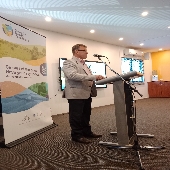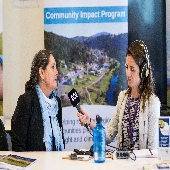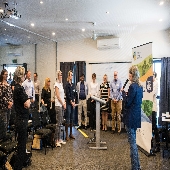Get to know your region's community drought resilience plan!
Communities, key stakeholders and government have been working together to prepare community led drought resilience plans. Plans have received their formal approvals and are available for you to read:
- Southern Tasmania Drought Resilience Plan
- Northern Tasmania Drought Resilience Plan
- North-West Tasmania Drought Resilience Plan





.jpg)






















